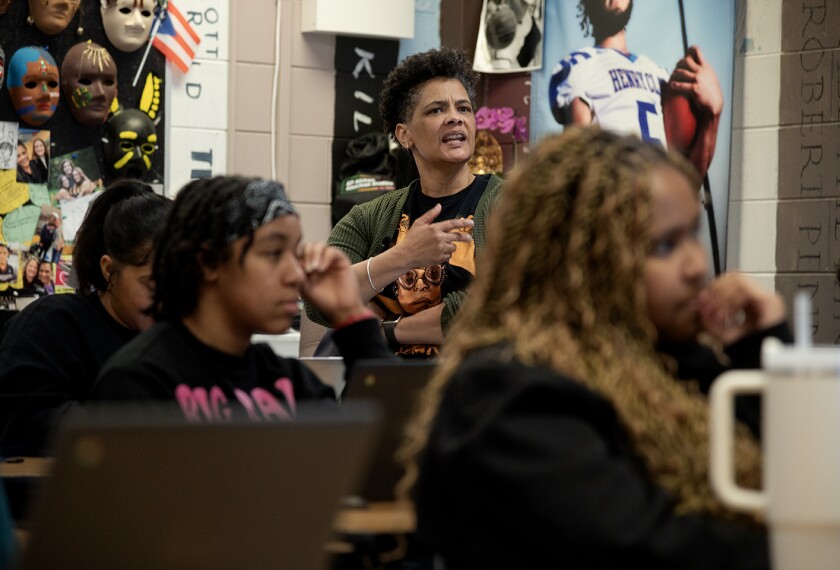Stealth advertising—marketing that is indistinguishable from other content—is a growing problem for children and teens and one that is attracting the attention of federal regulators.
That is a big reason why schools should also be paying closer attention to the problem. They should be highlighting it in their efforts to teach media literacy skills to students, according to Girard Kelly, the director of Common Sense Media’s privacy program.
Kelly, an expert on emerging technologies, recently spoke with Education Week about stealth advertising and why it’s an issue educators should pay greater attention to.
This interview was edited for brevity and clarity.
What are some examples of stealth advertising?
These are the influencer sponsored messages. These could be videos or tweets or posts on other social networks talking about a product they like or that they are using.
Another is virtual product placement. Folks might think of a Coke can in a TV show or movie but it’s much more sophisticated now, where in post-production, they can change billboards, they can change different ways in which a product appears in a movie, game, or show, based on the interest or preferences of the viewer, those products can dynamically change.
There are other ways that folks interact with stealth advertising but they aren’t aware of it. Funny memes, where you’ll see a brand or product trying to raise positive awareness for that brand, and kids and teens they feel like they are in on the joke.
Virtual reality is this entirely new intersectionality with gaming and kids and teens and advertising because there are avatars and nonplayer characters that can talk with you and interact with you and nudge you to purchase new in-game weapons, or clothes, or other in-app purchases. The conversations, the text exchanges can be uniquely different for each player based on their preferences collected on other sites and services. In a way, a lot of folks don’t even realize they are being persuaded.
What are the dangers for children and teens?
A lot of folks don’t realize that a lot of this blurred advertising is trying to increase engagement, increase it on screen, right? And so that goes to prompting kids and teens and students to come back to the app, come back to the content. I think this is the most obvious harm, or impact for kids and teens, because they don’t have that cognitive capacity to really skeptically look at these messages and realize that they are persuaded or exploited. And to be frank, adults can’t normally look at these different types of blurred ads and understand that they are trying to persuade them.
What do educators need to know about stealth advertising?
It’s not necessarily what educators traditionally think of, like a banner ad or something flashing, right on the side of a news article that they can ignore. This type of advertising is indistinguishable from the content. So, for educators, I think just being aware for themselves and [help] students to be more skeptical.
And, of course, big picture, trying to really go out and find quality resources, quality technology, quality products [for schools]. I always remind educators, they’re in a really unique, strong position when it comes to talking to technology companies because as parents, we can’t call WhatsApp and say, “hey WhatsApp: I want you to give me a different version of WhatsApp [that’s] better for privacy.” But schools or districts have that purchasing power. They can talk to the vendor and put in place additional student data privacy agreements.
School district leaders need to know, “hey, before we use these resources, let’s talk to this company and figure out what their practices are.” [There might be] a new type of advertising technology that may not be described in a company’s privacy policy. I think having those conversations with companies, looking for companies promising that they don’t use data from students for any advertising purpose.
Should students be taught about stealth advertising as part of media literacy instruction?
Yes, it should be a part. Because we want students to be critical of the content that that they’re viewing on the web. And now advertising is moving from other traditional methods of, like a video ad roll maybe on YouTube or an ad on the side of the page of content, and now being embedded within content in a game or an app. I think as technology evolves around advertising, I think our digital literacy education needs to evolve with it.






